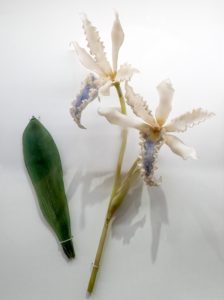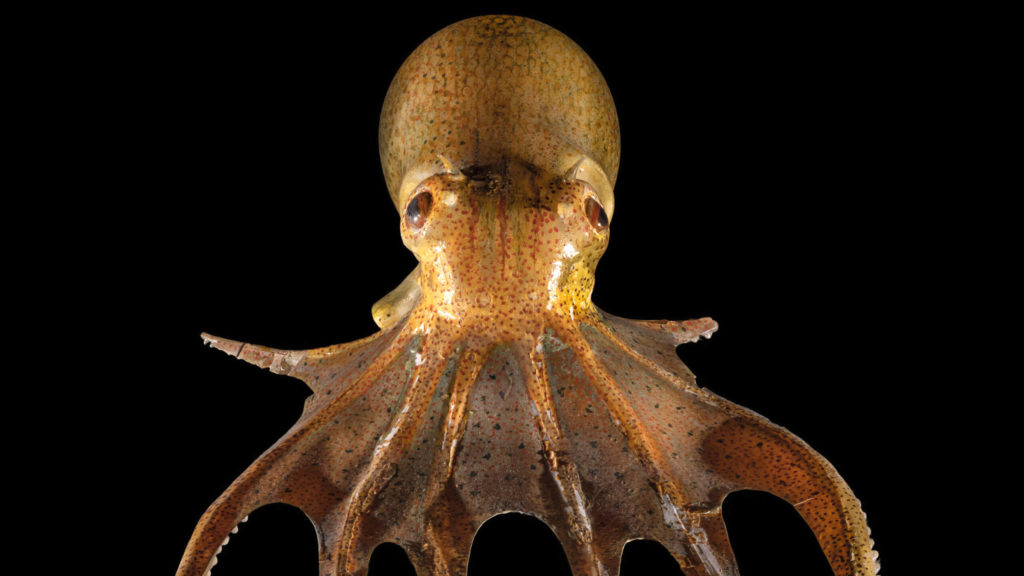One of the biggest thrills of my New Hampshire childhood was the field trip my elementary school class once took to the Harvard Museum of Natural History.
To a kid raised among apple orchards and grazing cows, Boston was akin to a trip to Paris, or Istanbul, or the lost city of Atlantis.
Harvard represented a foray into unimaginable sophistication.
And a visit to the Museum of Natural History meant that we got to see The Glass Flowers gallery.
Commissioned by professor George Lincoln Goodale, founder of Harvard’s Botanical Museum, the flowers were made by the father-and-son team of Leopold (1822-1895) and Rudolph Blaschka (1857-1939).
From 1887 through 1936 at a studio near Dresden, the Blaschkas — descendants of a long line of Czech glass artists — turned out over 4,300 models of 780 plant species.
My height at that age would have put me eye-to-eye with the flowers: wondrous, vividly colored, unimaginably detailed reproductions with such lifelike leaves, blooms, stamens, and pistils — how could they have been made of glass? — I felt I could have reached out and plucked from their stems.
There were lilies, asters, rhododendrons; a maple leaf in full fall color; a branch heavy with pale pink apple blossoms.
The flowers and fruit had been commissioned as teaching aids but to my mind they were more like relics. They were beautiful, they were marvels, they were mysterious. The way they were made, we were told, was a secret.
The Glass Flowers gallery underwent a historic renovation in 2016, and is now known as the Ware Collection of Blaschka Glass Models of Plants.
But I prefer to remember it as it was: the creaking wood floors; the glass cases that were old even then; the dire warnings that the slightest movement could shatter the flowers, or separate a head from a stem, or a petal from a bloom.
Such carelessness, I instinctively understood, would have been a sacrilege.
Now, it turns out, the world-renowned Glass Flowers were preceded by another astounding, almost-forgotten collection.

“Spineless: A Glass Menagerie of Blaschka Marine Invertebrates” is on view at Connecticut’s Mystic Seaport Museum through March 2, 2025.
The exhibit features 40 reproductions of small ocean invertebrates, most of them borrowed from Harvard’s Museum of Comparative Zoology (MCZ).
These, too, were commissioned — the first around 1863 by the head of the natural history museum in Dresden — at a time when marine invertebrates could pretty much only be preserved in jars, or rendered in drawings.
Other museums and universities placed commissions. By the 1870s, the Blaschkas had a thriving mail-order business.
Hundreds of the models were acquired by Harvard during that time and used as teaching aids.
But the widespread use of underwater photography eventually rendered the business obsolete, and the Harvard collection became scattered.
When the university recently decided to assess the models, says former MCZ Director of Collections Operations Linda S. Ford, it took six months to go through all the departments.
Some were on display; some, carefully wrapped, had been tucked away in the back of closets and drawers.
Harvard originally hoped to unearth 60 or 70 specimens; they found 430.
Judging from the photographs, the glass sea creatures — jellyfish, anemones, and squid, among others — are just as wondrous as the flowers.
Antennae, tentacles, plumes, fringes, and crowns abound.
The cerata (multifunctional “fingers”) of a pale green Stiliger ornatus (“sea slug”) are delicately tipped with black and gold stripes. A Glaucus atlanticus (“blue sea dragon”) looks like a ballerina whose limbs have exploded into sparklers mid-jeté.
The Blaschkas weren’t alone, naturally, in their obsessions: the exhibit also includes 19th-century sailors’ journals and rare books containing sketches, watercolors, and written descriptions of marine invertebrates.
So lifelike and so otherworldly are the glass sea creatures it’s easy to forget that even more wondrous are the actual creatures.
Some of which — still migrating, as the museum points out — have come to be a problem along the Eastern seaboard and beyond. Invasive species originally from Europe reproduce in such overwhelming numbers that sea squirts, for example, coat piers and pilings, befoul the waters of nearby Stonington Harbor in the Mystic River Estuary, and in general make giant pests of themselves.
Aiming for both a local and global reach, the exhibit also provides commentary on the ocean’s changing biodiversity and features contemporary, marine-life based artwork and photography.
The Blaschka models are so anatomically perfect that no artist since has been able to reproduce or equal them. But it turns out their methods were neither extraordinary nor esoteric. They melted glass tubes over an open flame like everyone else, using bellows and a foot pedal, then shaped their creations with hand tools.
Their “secrets” were discipline, attention to detail, and a passion for craft that can arguably be passed on only through bloodline.
Leopold once observed: “Many people think that we have some secret apparatus by which we can squeeze glass suddenly into these forms. ... The only way to become a glass modeler of skill, I have often said to people, is to get a good great-grandfather who loved glass.”

